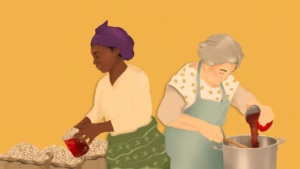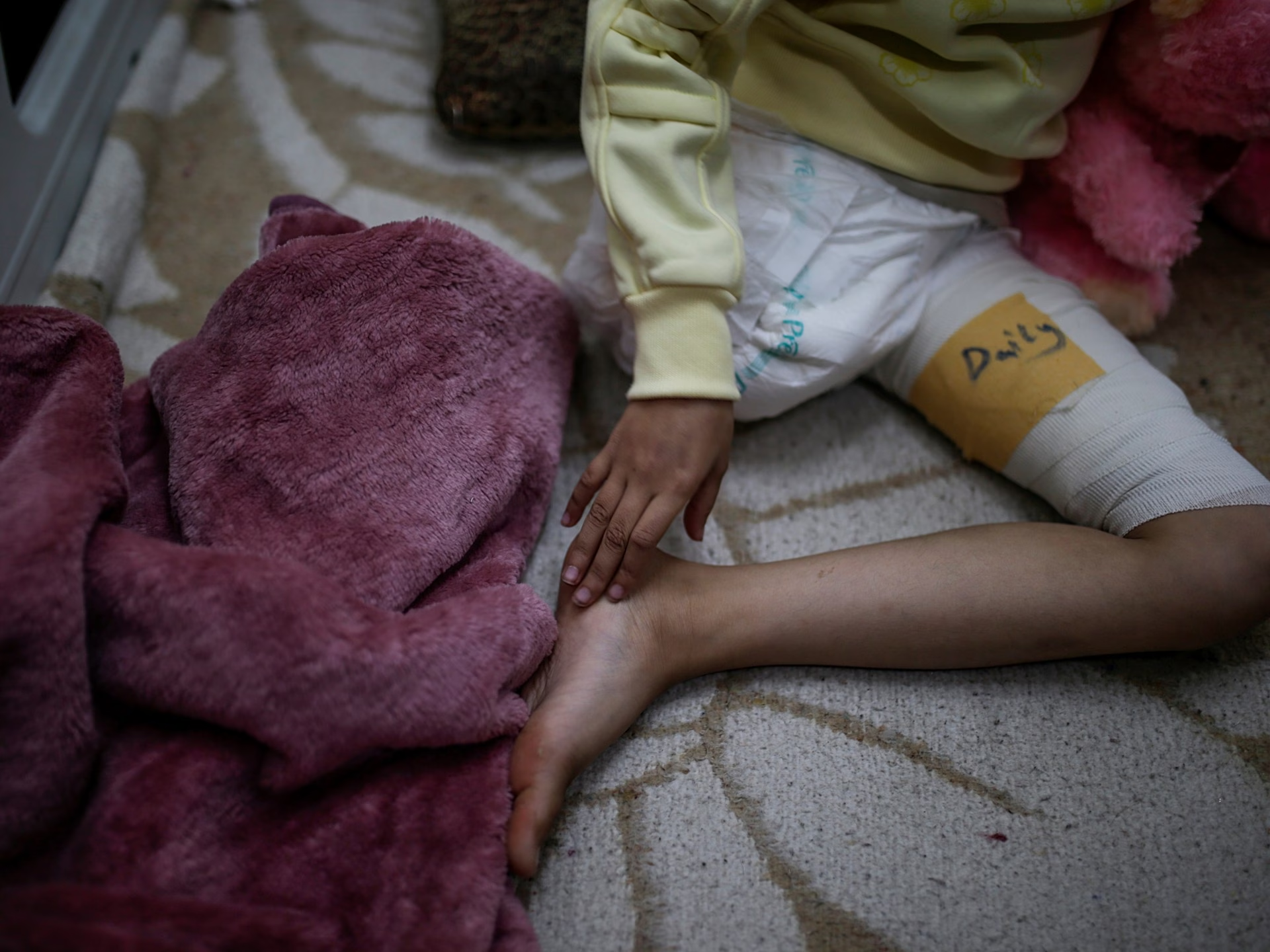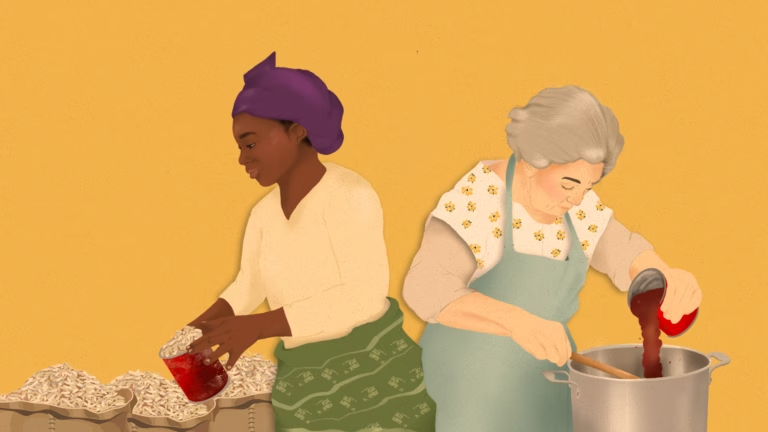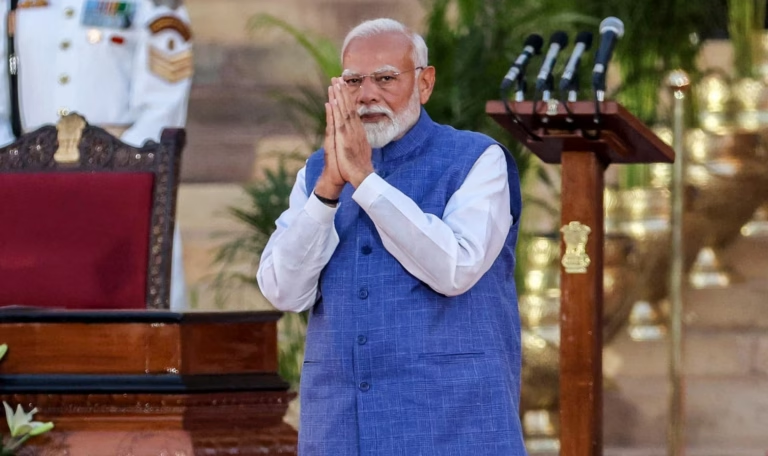What managed to enter in the preceding month and a half was insufficient to revive the devastated healthcare system in Gaza. Numerous hospitals and clinics, particularly in the north, have been so thoroughly destroyed that humanitarian organizations have been forced to set up tents to deliver basic care to hundreds of thousands of survivors. The medical supplies that did arrive are already running short.
Amidst the ongoing distress, Gaza’s healthcare system cannot even begin its recovery, let alone tackle the myriad of health crises affecting the civilian population. Among the most dire of these is the alarming number of amputees resulting from Israel’s indiscriminate use of explosive weapons over 15 months.
According to the World Health Organization, as of September 2024, 22,500 individuals in Gaza have suffered life-altering injuries since October 7, 2023. These include severe limb injuries, amputations, spinal cord trauma, traumatic brain injuries, and major burns.
During the peak of the genocide, aid agencies and medical organizations reported that more than 10 children were losing one or two limbs daily in Gaza. Many of these operations were conducted without anesthesia, and many of these limbs could have been saved had the healthcare system not been utterly destroyed. In December, the UN stated that Gaza now has “the highest number of child amputees per capita in the world.”
In July 2024, during a field visit to Al-Aqsa Martyrs Hospital, I witnessed firsthand the struggles of one of the few remaining operational hospitals in Gaza to aid those injured by explosive weapons. Upon my arrival, many people were injured from several bombings.
I rushed to assist due to a severe shortage of staff. The first patient I tended to was a four-year-old girl named Tala, who had lost a leg in the bombing and was in severe distress. Her mother, also seriously injured, couldn’t comfort her. I could only change her bandages and administer painkillers.
Next, I encountered a young man named Abdallah, who was gravely injured and unconscious. Upon his arrival at the hospital, his leg was further amputated. His father informed me that Abdallah’s grandmother and one of his siblings were killed.
In December 2024, during a return visit to the hospital, I met two little girls, Hanan, 3 years old, and Misk, 1 year and 8 months old, who had lost their limbs and their mother in an Israeli raid a few months prior. Hanan had both her feet amputated, whereas her sister Misk had lost one. Their aunt shared with me the challenges of caring for them.
Misk had only just begun to walk when the bombing injured her foot. Hanan was old enough to understand and notice the feet of other children her age, questioning why hers were missing.
These stories represent just a fraction of the countless children whose childhoods have been prematurely cut short by Israeli bombings. Unable to run and play with their peers, they suffer severe trauma in a place that cannot even provide basic care.
Before this genocidal war, Gaza was already grappling with a high number of amputees, victims from previous Israeli wars and attacks on peaceful demonstrations.
However, facilities and organizations were helping them. The Hamad Hospital for Rehabilitation and Prosthetics provided amputees with prosthetics. Various initiatives provided psycho-social support and healing programs to overcome trauma and stigma. But all these services are gone now. Hamad Hospital was destroyed within the first few weeks of the genocidal war.
Decimated hospitals and makeshift clinics are scarcely able to provide care for chronic diseases, let alone for individuals with disabilities. The Rafah border crossing is now closed again, and none of the injured can travel for treatment. There is a pressing need for thousands of prosthetic limbs and assistive devices such as crutches and wheelchairs, but these have not been permitted.
Rebuilding Gaza’s healthcare sector, which has suffered on this scale, will take years – and that is only if Israel ceases blocking aid as a form of collective punishment. During this time, amputees will inevitably endure not only inadequate care and rehabilitation but also profound psychological trauma that will remain unhealed. This will constitute Gaza’s silent epidemic.
The views expressed in this article are the author’s own and do not necessarily reflect Al Jazeera’s editorial stance.
Source: https://www.aljazeera.com/opinions/2025/3/15/gazas-silent-epidemic?traffic_source=rss








